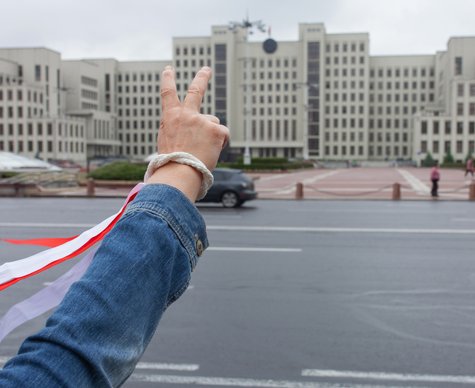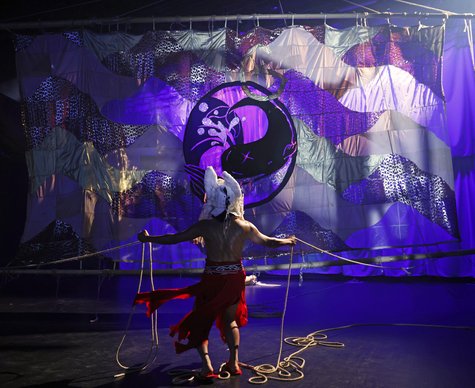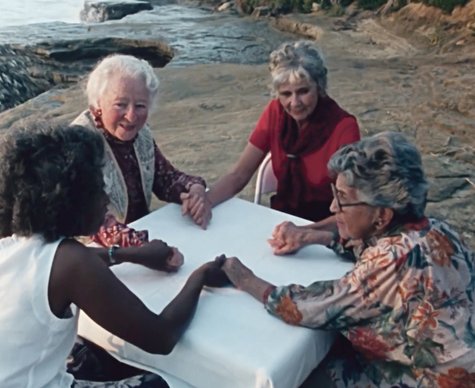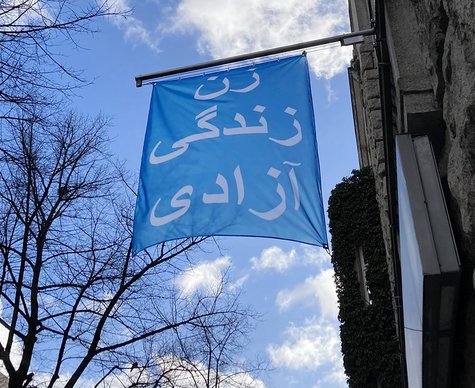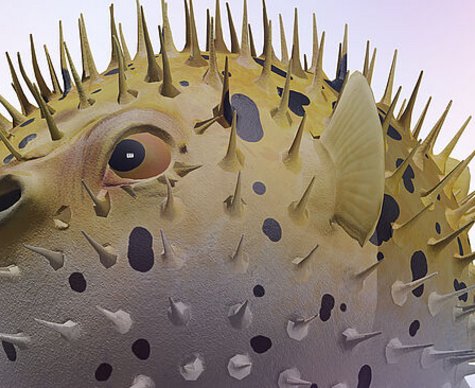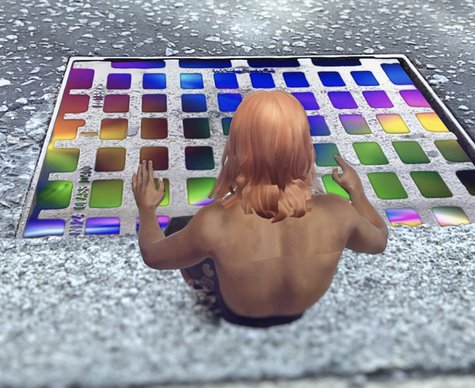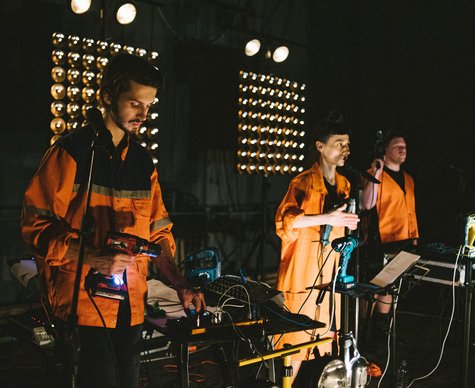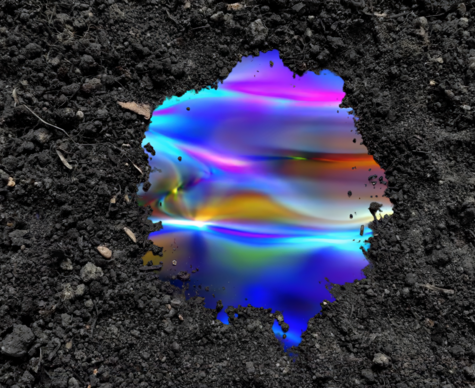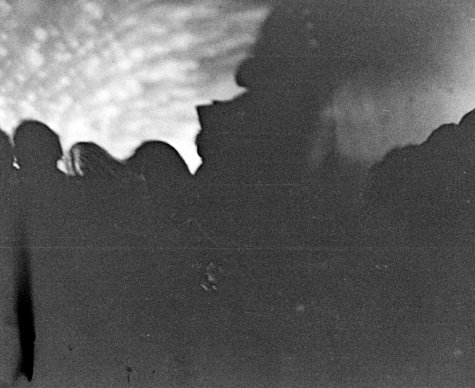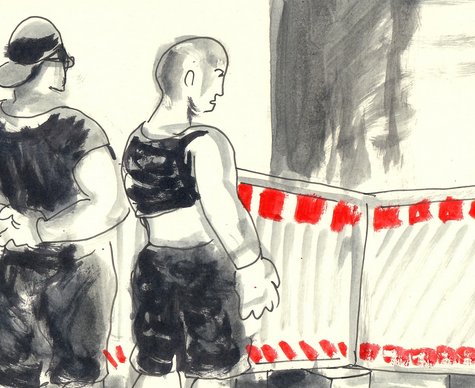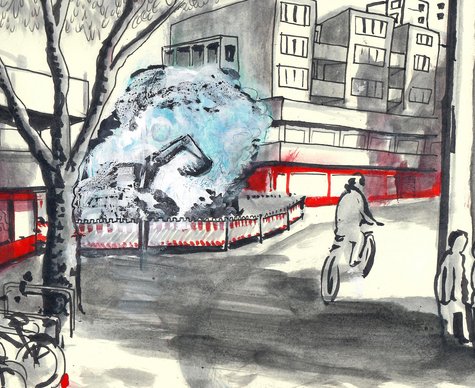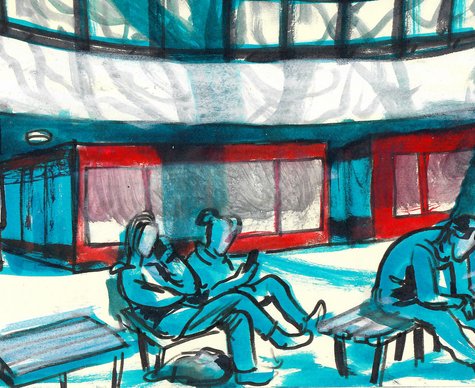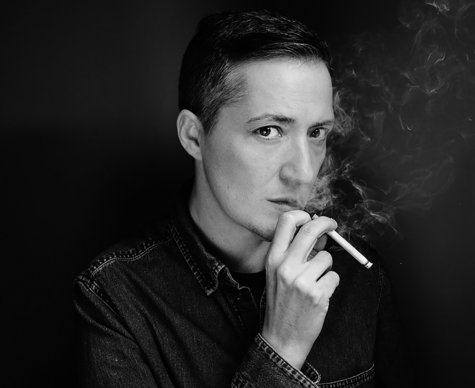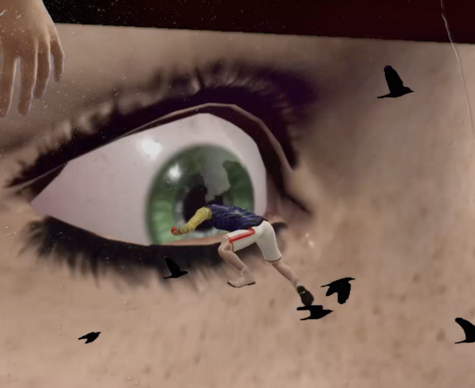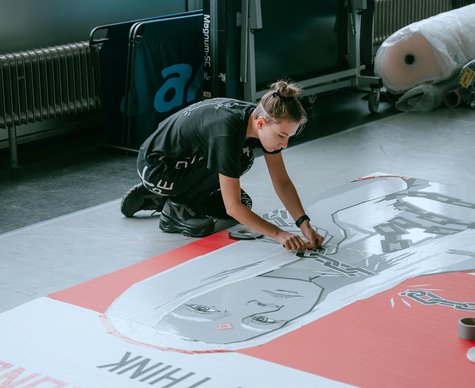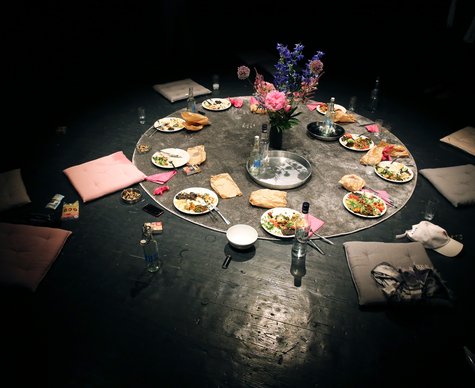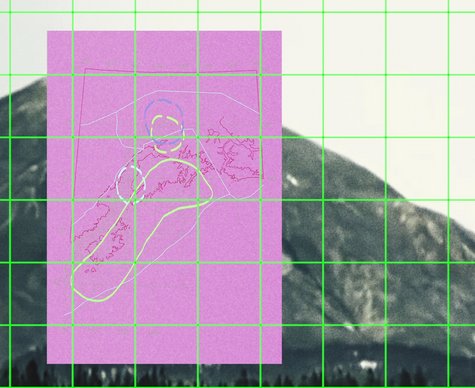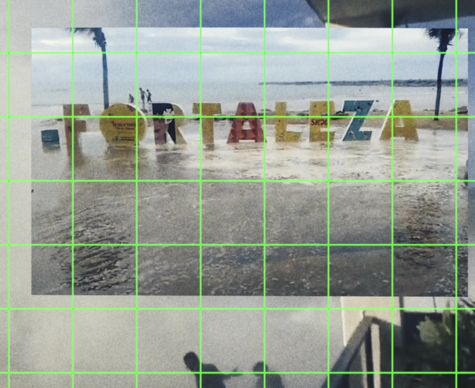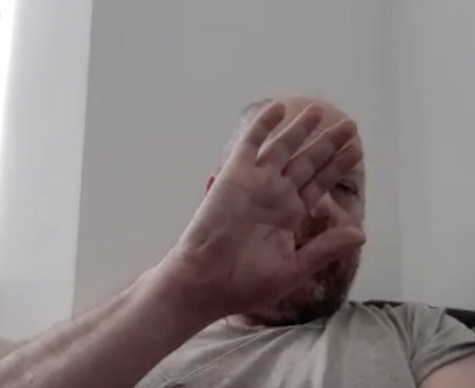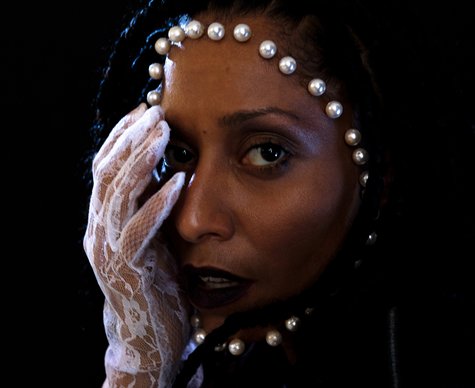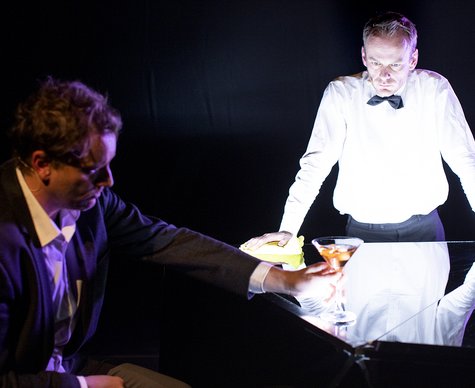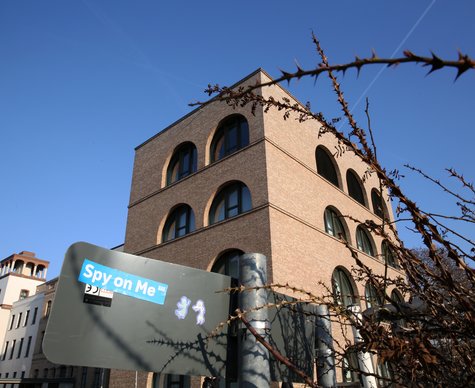Choreography: Laurent Chétouane, and dancers / Musical concept: Laurent Chétouane, with the musicians / Dance: Bilal Elhad, Mikael Marklund, Kotomi Nishiwaki, Tilman O'Donnell / Music: Mathias Halvorsen (Klavier), Tilman Kanitz (Cello), Artiom Shishkov (Geige) / Light: Jan Maertens / Sound: Johann Günther / Costumes: Lydia Sonderegger / Dramaturgy: Marten Weise / Assistant choreography: Sarah Blumenfeld / Costume Assistance: Anna Philippa Müller / Production: Christine Kammer, Hendrik Unger / Thanks for their dramaturgical support and councel to: Jean-Luc Nancy and Jean-François Peyret
Laurent Chétouane
KHAOS
- Dance
Today the present means crisis. Chaos no longer just seems to mean a state of exception, but a “model” for the future that is as threatening as it is inevitable. Chaos instils fear. In opposition to the idea of an exclusive threat, Khaos is an ambivalent figure in Greek antiquity. It combines a wide variety of levels of meaning: gape, chasm, abyss, precipice. But it also names the horizon of expansion, immensity, breakup, or opening. As formless form, striving toward something different than it already is, Khaos invokes the dimension of becoming, of possibility, of renewal.
In "KHAOS" Laurent Chétouane brings together four dancers and three musicians to explore the possibilities of Khaos at the edge of chaos. Music by Johann Sebastian Bach, Wolfgang Rihm and John Cage resounds on stage, marking an affinity with the uncontrollable. The “turbulence zones” in and between the musical pieces are the starting points for the emergence of unstable, threatening, destructive spaces, to which the performers and the audience alike are exposed. The traditional vertical axis of dance loses its visual organizing power and the floor is the only thing that offers a foothold in these spaces without fixed vectors and coordinates. Exposed to the possibility of crashing, of losing, of fear and mourning, the dance becomes an autonomous doing and becoming, a state without goals or any predictable time axis. A body emerges that must discover new relations to the other, to space, to itself, in order not to fall completely victim to the blind and disparate forces of contingent openness. The risk of chaos dissolving the order of the one world is tested out in KHAOS as the chance to create multiple worlds – an attempt at a utopian present.
Before the show on 13 November "Khaos – A Debate about (Dis-)Orientation" will take place. With Joseph Vogl, Marcus Steinweg and Gabriele Brandstetter, moderated by René Aguigah.
Free admission with a ticket for a show of "KHAOS", prior registration required.
Cast
Dates
Credits
Production: KHAOS GbR. Coproduction: HAU Hebbel am Ufer, Onassis Cultural Centre Athen, Kaaitheater Brüssel, Kampnagel Hamburg, and House on Fire with support of the Cultural Programme of the European Union.
Funded by the German Federal Cultural Foundation and Basisförderung Berlin / Der Regierende Bürgermeister von Berlin – Senatskanzlei – Kulturelle Angelegenheiten. Supported by Dock11/Eden*****Berlin.
Location
HAU2
Hallesches Ufer 34, 10963 BerlinThere are two marked parking spots in front of the building. Barrier-free restroom facilities are available. Four relaxed seats are available in the first row of HAU2. Tickets for wheelchair users and accompanying persons can also be booked via the ticketing system. If you need help, please contact our Ticketing & Service team at +49 (0)30 259004-27 or send us an email to
tickets@hebbel-am-ufer.de.
Latest information for arrival:
There is currently a construction site on Hallesches Ufer between Wilhelmstraße and Möckernbrücke underground station. There is a divided replacement route for pedestrians (right) and cyclists (left), which are separated by a yellow ground line. The carriageway is narrowed to one lane.
Travelling to HAU2 via U Hallesches Tor:
If you are coming from Hallesches Tor underground station, you will have to use an alternative footpath from Wilhelmstraße / Hallesches Ufer junction, which is separated from the carriageway by a construction fence – the actual footpath is currently closed. Please note: the alternative route is also used by cyclists. Pedestrians should keep to the right. We therefore currently recommend that visually impaired or blind visitors come to the HAU with an accompanying person.
Arrival HAU2 via U Möckernbrücke:
When you leave Möckernbrücke underground station, please stay on the footpath on the canal side until you reach Hallesches Ufer / Großbeerenstraße junction – the opposite side is currently closed due to construction work.
























